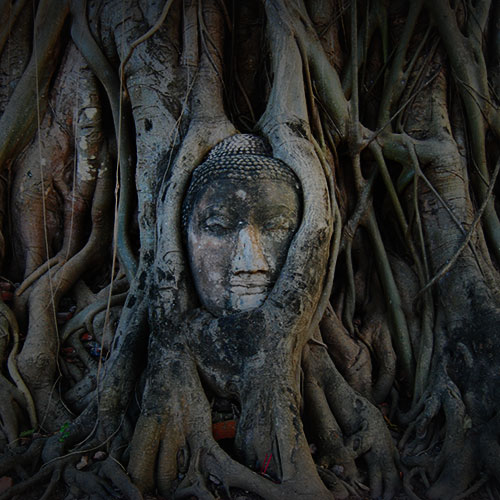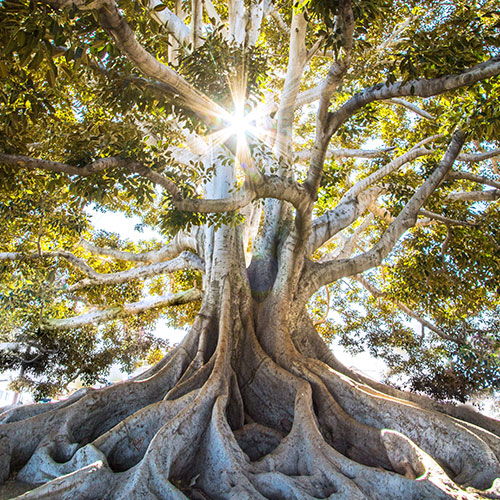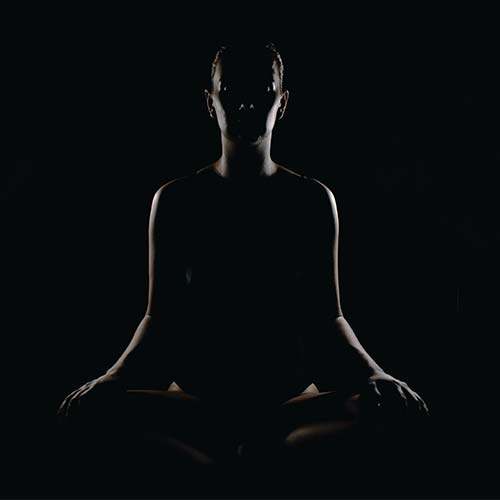Characteristics of the root chakra
What is the root chakra?
When we read or hear about chakras, it is often a repetition of what we have heard, been told or myths that are floating around. And that is fine! Only few, however, take the effort to look deeper and consult good sources. I don't want to claim to understand the depth of the chakras with this article, but I want to try to look for helpful descriptions.
Nowadays people also try to assign all kinds of attributes, emotions or objects to the chakras, which sometimes leads to the confusion that these attributes or things are the chakra itself. Of course, in most cases this is actually not correct. Also, some applications were constructed after the fact rather than being found that way in the original sources. Stephen Sturgess writes in "The Book of Chakras & Subtle Bodies" about this:
"There is no mention in the original Tantric Yoga texts of opening the chakras to heal a disease or to release blocked emotions, or of using crystals or flower remedies to balance the chakras. This has nothing to do with the purpose of yoga or the chakras."
Just to point out two myths: The sound LAM of the first chakra, is not the sound of the chakra itself, it is the sound of the element that is often placed in the first chakra. One can also visualize this element in other places in the body and then reinforce this procedure there with the LAM Bija Mantra, says Hareesh, one of my teachers. Another misconception is that there are only seven chakras, or that these are the main chakras. In fact there are several chakras and chakra systems, in many sources there are 108 or even 112, or 114 chakras. But this shall not be the exploration of this article.
In would like to throw with this exploration some light on the so-called Root Chakra, the descriptions of masters and "original sources".
The Muladhara • Origin of various beliefs
Let's look at different sources and interpretations for this. The first comes from the yogi and guru Goraknath, who wrote in the tenth century in a yoga text, the Gorakshashtakam. Goraknath's descriptions are similar to those found in the Upanishads, but he added some additional information especially on paranormal properties.
He writes in verse 78 of the Gorakshashtakam:
"The first chakra, called adhara is like burnished gold; meditating (on it) with the gaze fixed on the tip of the nose, one is freed from sin."
He names the first chakra adhara, which can also be interpreted as a support or point of concentration, and is known today as Mūlādhāra. Mūla translates as root and can be seen as the "foundation of the physical structure and the energy body" as Osho refers to it. Moreover, Goraknaths promises that we will become free of desire if we master how to deal with it. Why the seat of desire is there, I'll summarize at a later point.
Shat-Chakra-Nirupana is considered as the best-written descriptions of the chakras. It is a Tantric text and was written by Guru Purananda around 1577 AD from Bengal. It describes many Aspects of Root Chakra and its Representations as follows, Shat Chakra Nirupana (verse 4):
"The Adhara Chakra. This Lotus is attached to the mouth of the Sushumna, and is placed below the genitals and above the anus. It has four petals of crimson hue. Its head hangs downward. On its petals are the four letters from Va to Sa, of the shining color of gold."
We recognize the exact description of how the chakras are still drawn today. Here we find the color red, which we usually assign to the chakra. In addition, he mentions the Sanskrit letters va, sya, sha, sa and where to find the location of the chakra in the body. More on this in a moment.
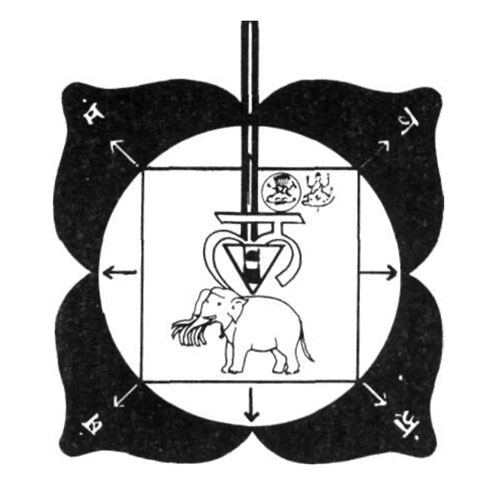
By the way, all petals of the six "main chakras" have a total of 50 Sanskrit letters / sounds, which in turn reflects the entire alphabet. So by saying mantras we activate different energetic areas (chakra petals) in our body. This is what makes mantras so powerful and explains why different mantras have different effects on the (energy) body.
Purananda also mentions that the lotus (which is often translated as chakra), is located at the mouth of the Sushumna. Sushumna is the main Nadi, the main energy channel that flows through our spine and consists of a total of three other interlocking energy channels. According to yoga tradition, this is where the Kundalini energy awakens, which is the goal of many yoga practices and the process of "awakening".
As a little practice tip, its said in the Yoga-shikka that as meditation posture (siddhasana), press the heel firmly against the perineum to help awaken the power.
Back to the location of the chakra. This question is somewhat plainly described in the Gorakshashtakam verses 86-87):
"A student of Yoga ... meditating upon the anus..."
Thus Goraknaths clearly refers to the physical position of the chakra. Also in the Yoga-shikka Upanishad (Chapter I, verse 168) it is described similarly:
"The muladhara chakra, which lies between the anus and the genitals, is of a triangular shape."
In other words its the area of the perineum. The primordial material force of the creation (Kundalini shakti), also often represented by the symbol of an inverted triangle, is located here (See drawings). However, it should be noted that there is no physical body of the chakra. In my opinion, the chakras are generally to be understood as a tool for Visualization, rather than a real object in the body. In fact, it is not quite clear whether there is a representation of the chakras as a kind of energy structure in the energy body, which we cannot (yet) measure with today's technical instruments, or whether they are to be understood more as a visualization tool or concentration object to bring about specific effects (in the body, the energy body or the psyche).
Let's look at what else the Shat Chakra Nirupana says (verse 5):
"In this Lotus the square region of Prithivi (the earth element) surrounded by eight shining spears. It is of a shining yellow color and beautiful like lightning, as is also the Bija (the mystical "seed" syllable of the chakra, here, "Lam") of Prithivi which is within."
Here we see the explanation why, as mentioned in the beginning, the sound of the Bija Prithivi is confused with the sound of the chakra. LAM is the sound of the earth element. Speaking of sound, besides that, the Yoga-shikka Upanishad (verse 3) also describes another psychic sound (a sound that cannot be heard but sensed) associated with the root chakra:
"A sound arises in her (kundalini shakti in the muladhara chakra), as if a sprout were shooting out from a tiny seed. The yogi knows that she is witnessing all. In such a manner does a true yogi emerge."
Let's look at a few more excerpts from the Shat Chakra Nirupana (Verse 7):
"Here dwells a Devi (goddess), Dakini by name; ... She is the carrier of the revelation of ever-pure Intelligence."
Here we find out why the chakras are associated with goddesses. Each chakra has a goddess, Dakini is the name for the root chakra. Dakini helps the yogi face his fears, is gatekeeper to unleash the greatest potential in a yogi, and is sometimes associated with a perfected yogini, because one of the highest perfections is the absence of fear.
Verse 8 "...There is always and everywhere the Vayu called Kandarpa who is very deep red, and is the Lord of Beings, resplendent like ten million suns."
This verse tells us that in the Muladhara there is an enormously powerful energy (Vayu = life force). Kandarpa, is the god/force of love but also of longing and desire. In addition, the reference to the color red is given here. So it comes about that nowadays these colors are often taken to represent the Charkra or for visualization practices.
Stephen Sturgess also mentions in his book that this chakra controls the most basic survival instincts, because the most fundamental desire of a living being is first of all to survive: "It is through this first chakra that life is brought into being, preserved, and reproduced" and "that provides the instinctual drives and energy necessary for meeting ... survival needs of security, food and shelter". So the primal desires are fed by the chakra, thus also desires based on them are derived from it. Osho also mentions that the urge for sex arises from this desire. But in order to experience the full potential of the chakra, this urge must be transformed. According to Osho, through meditation.
Shat Chakra Nirupana Verse 9 "Inside the triangle is Svayambhu in his Linga-form (Shiva Linga), beautiful like molten gold, with his head downwards. He is revealed by jnana and dhyana and is of the shape and color of a new leaf."
Svayambhu ("The selforiginated") is the space (nature) that arises spontaneously from itself and this is contained there in its potent form as potential. In other words, it can be "created" from there. Shiva Linga stands for the symbol of Lord Shiva the most powerful creator. Therefore, the chakra is also often associated with matter and the creative. Verse 12 further elaborates on what has just been described.
"Within Shiva Linga reigns dominant Para (supreme/highest), the awakener of eternal knowledge. She is the omnipotent Kala (sound) who is wonderfully skillful in creation and is subtler than the subtlest."
We also learn here that Kundalini energy can be realized through the yoga of Jnana (knowledge), through studying, learning and realizing yoga, and through Dhyana, meditation (or experiencing nature as it is).
Hiroshi Motoyama summarizes it nicely in his book:
"As you can see, it is clearly stated that each chakra has specific coloration, a fixed number of petals with a designated Sanskrit letter on each, a geometric figure (yantra) within the pericarp of the lotus, a designated animal and deity or deities whose iconography represents aspects or powers associated with the chakra, and a bija mantra."
It is not quite sure whether and which of these descriptions are more of an allegorical metaphor to help the meditator achieve specific effects with a visualization, or whether there are true descriptions meant, for example, the color red as the actual color of the energy in the aura, or the astral dimension - so Motoyama.
There are many more verses and descriptions about the Root Chakra, which are highly interesting, partly very poetic and not easy to understand, but which I cannot illustrate within the scope of this article. In addition, I see the practical experiential knowledge as an important part of the study of the chakras. So, here we go, off to the mat.
Cedric is head teacher of INEA•YOGA a Yoga School in Corfu, Greece. Check us out to find trainings, retreats and online videos.
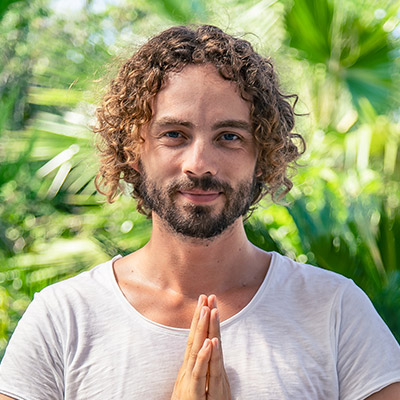
Cedric Stein
Head Teacher INEA • YOGA
My mission is to create a safe space for you to connect to your inner being. By following your breath, being in the present moment and noticing yourself.


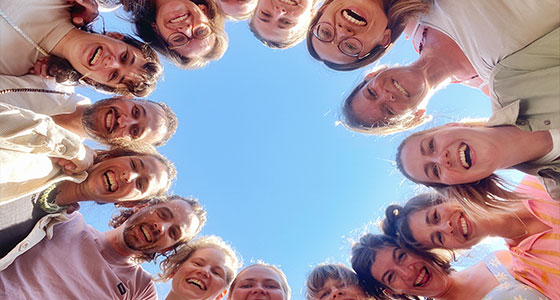




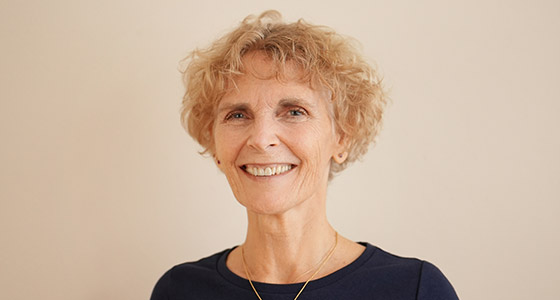

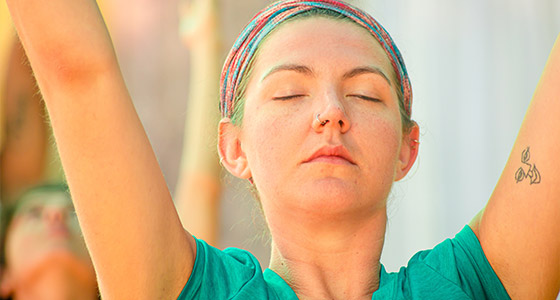
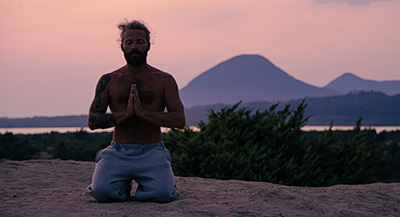


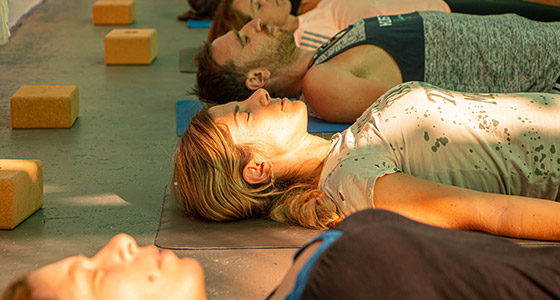


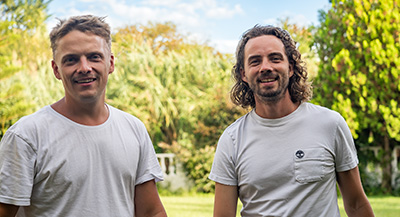
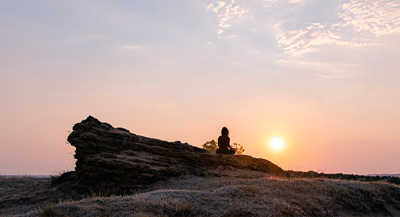

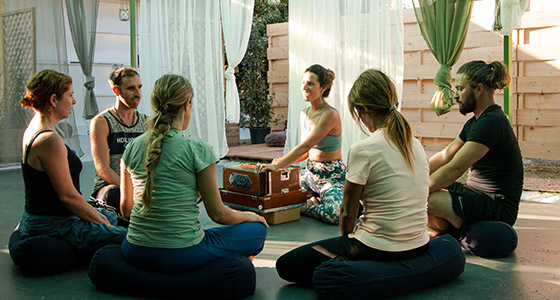

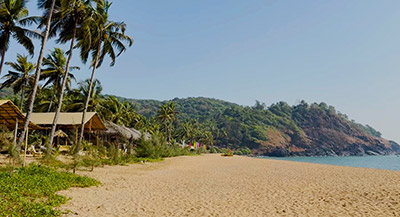

 90 min
90 min

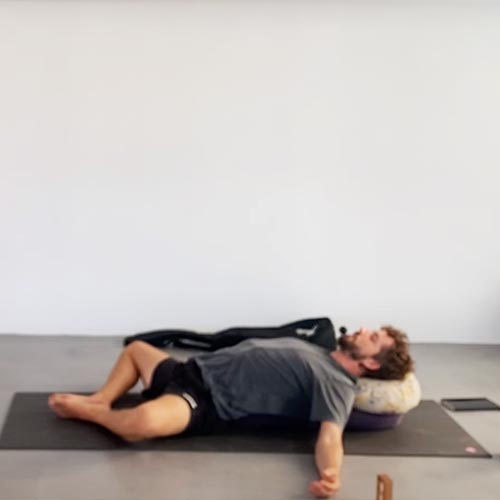
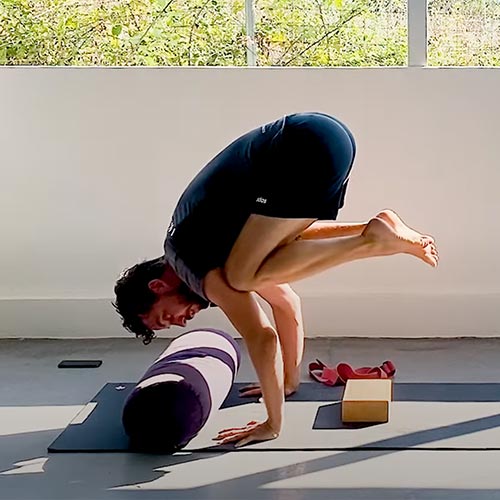


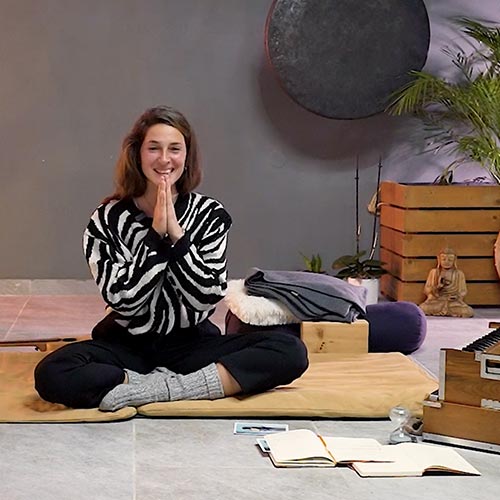
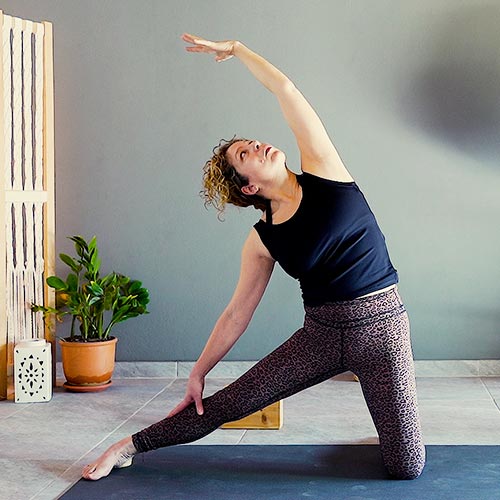
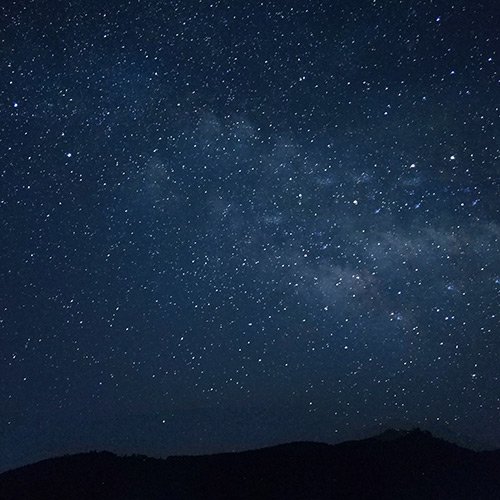
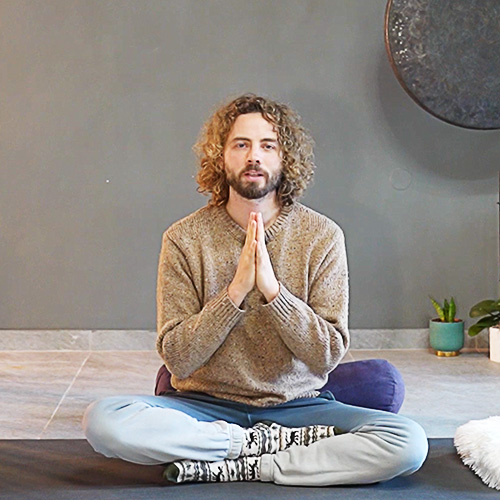



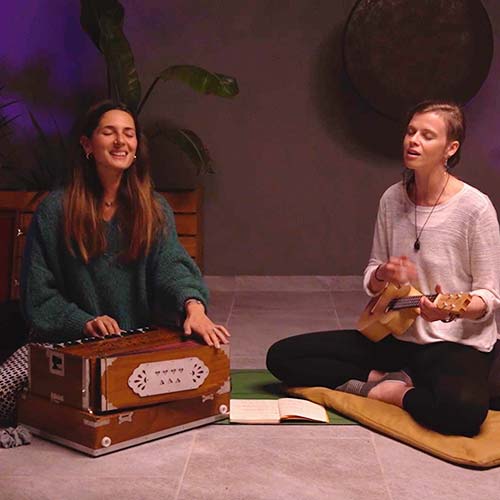




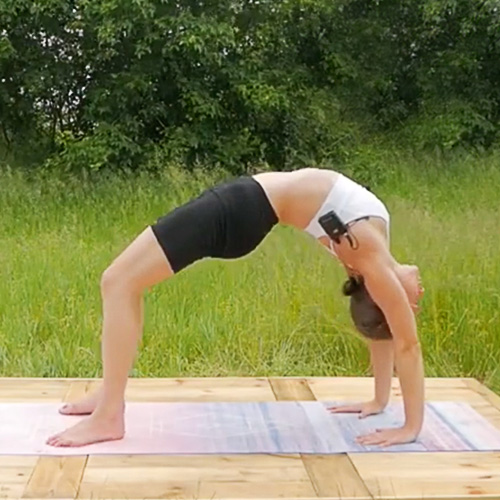

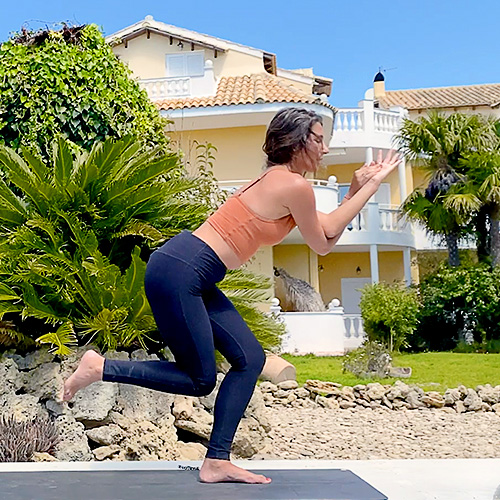

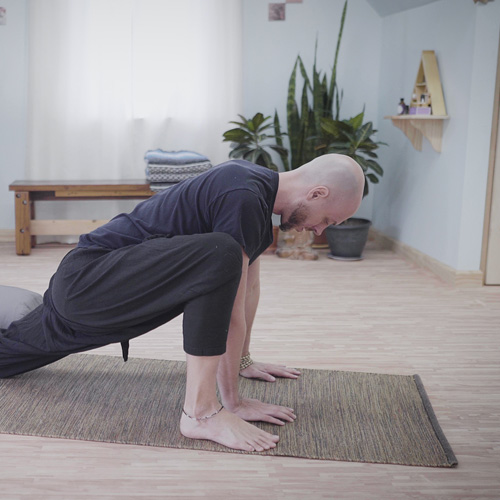
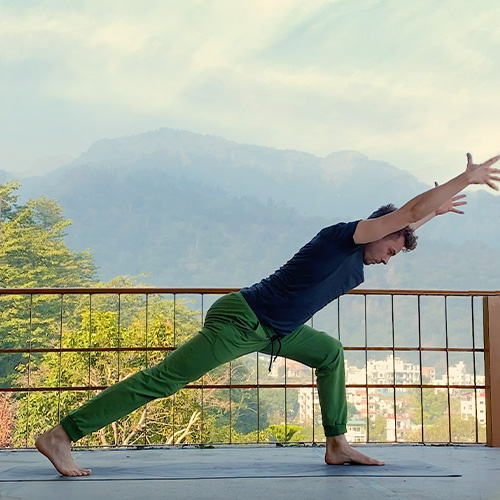
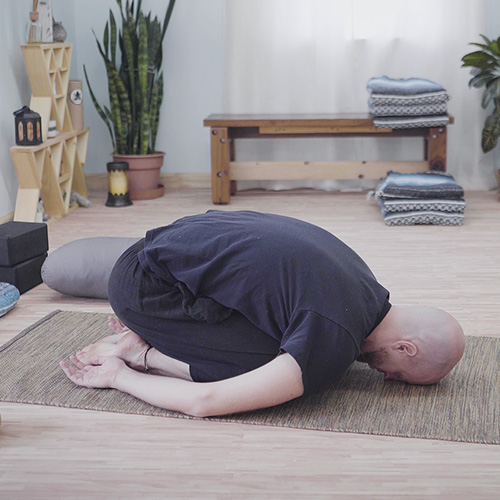




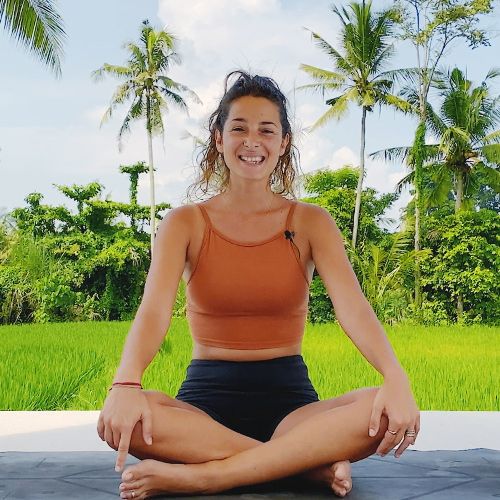
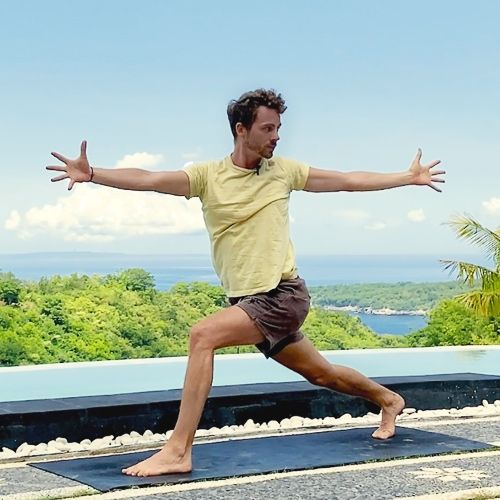
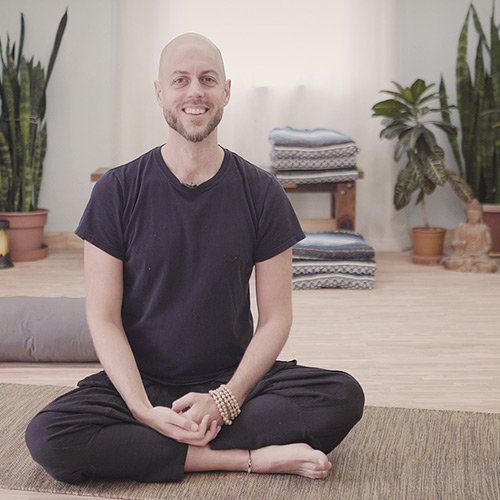



 read more
read more